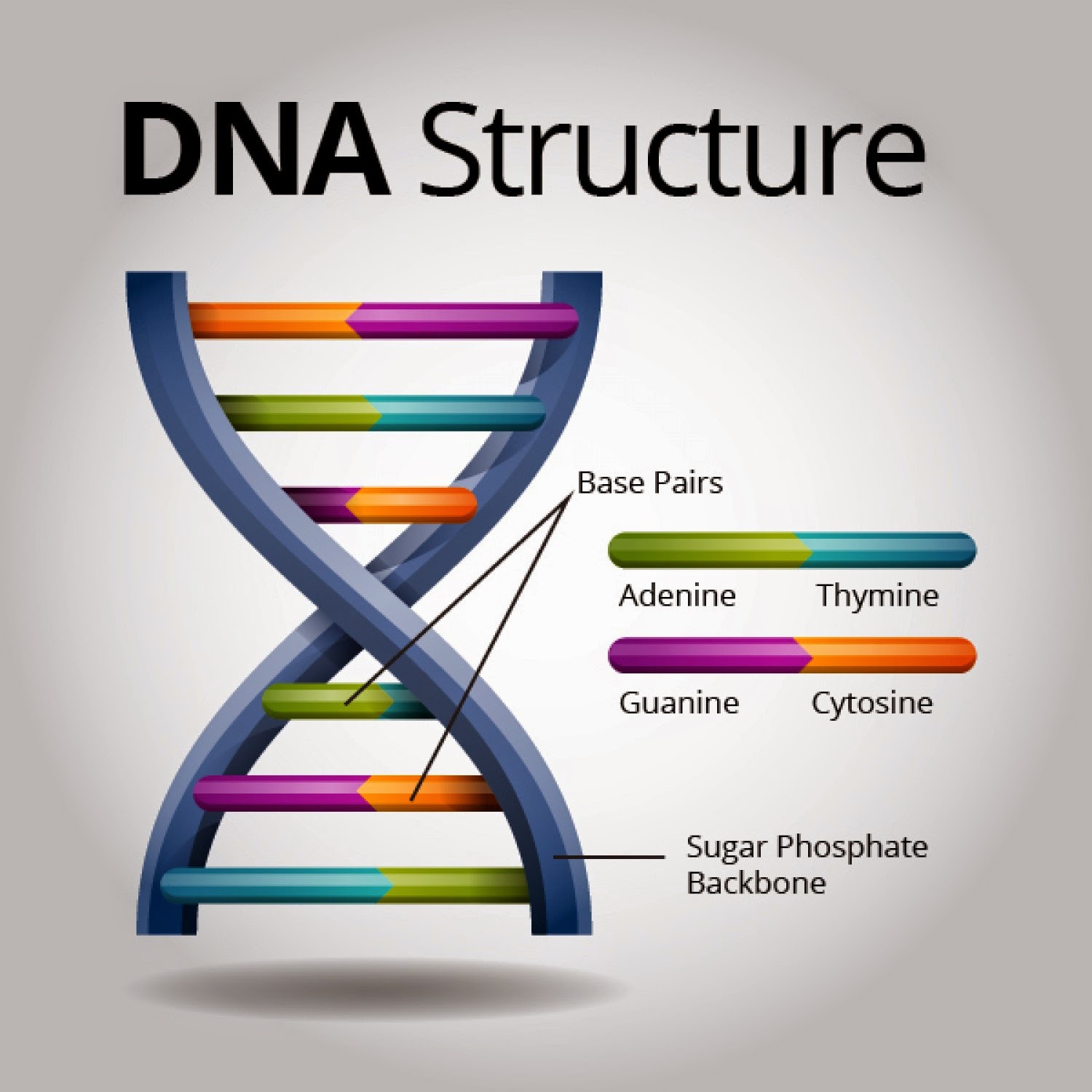Ever wondered if we could craft a unique identifier, as distinct as a fingerprint, from the very essence of our being? This is the promise, and the reality, of DNA profiling. But how does this intricate process, capable of unraveling mysteries and identifying individuals with remarkable accuracy, actually work? The journey from a biological sample to a conclusive DNA profile is a complex, multi-stage operation, one that melds meticulous laboratory techniques with sophisticated data analysis.
I. Sample Acquisition and Preparation: Laying the Foundation
The process begins with obtaining a suitable biological sample. Common sources include blood, saliva, hair follicles, skin cells, and even bone marrow. The integrity of the sample is paramount; contamination or degradation can significantly compromise the results. Each sample undergoes careful handling to ensure its preservation.
Subsequently, the acquired sample undergoes preparation. This entails isolating DNA from the cellular material, a process that involves cell lysis (breaking open the cells) and purification techniques to remove proteins, lipids, and other cellular debris. Organic extraction, employing solvents like phenol-chloroform, was once a mainstay, but modern techniques favor automated methods using spin columns or magnetic beads for streamlined purification.
II. DNA Amplification: Making Copies, Lots of Copies
Often, the amount of DNA recovered from a sample is insufficient for analysis. This is where polymerase chain reaction (PCR) comes into play. PCR is a revolutionary technique that allows for the exponential amplification of specific DNA regions. Think of it as a biological copy machine, generating billions of identical copies from a minuscule starting amount.
The target regions for amplification are typically short tandem repeats (STRs). STRs are highly polymorphic regions of DNA, meaning they exhibit significant variation in length between individuals. These regions contain repeating sequences of nucleotides, such as “GATA,” and the number of repeats varies from person to person. This variability forms the basis of DNA profiling. Multiplex PCR, a powerful adaptation, enables the simultaneous amplification of multiple STR loci in a single reaction, significantly increasing efficiency and throughput.
III. Fragment Separation and Detection: Sizing Up the Repeats
Following amplification, the PCR products, which represent the amplified STR fragments, must be separated and detected. Capillary electrophoresis (CE) is the gold standard for this purpose. CE involves separating DNA fragments based on their size as they migrate through a narrow capillary filled with a polymer matrix under an electric field. Smaller fragments migrate faster than larger fragments, allowing for precise size determination.
As the fragments pass through a detector, they are typically detected using fluorescence. Each PCR primer is labeled with a fluorescent dye, allowing for the detection of specific STR alleles. The resulting data is presented as an electropherogram, which displays peaks corresponding to the different STR alleles present in the sample. The position of each peak indicates the size of the allele, and the height of the peak reflects the relative abundance of that allele.
IV. Data Analysis and Interpretation: Deciphering the Code
The electropherogram data is then analyzed using specialized software. This software identifies and sizes the STR alleles present in the sample. Each allele is assigned a number corresponding to the number of repeats it contains. For example, an allele with 10 repeats of the “GATA” sequence would be designated as allele “10.” The combination of alleles at each STR locus constitutes an individual’s DNA profile. This profile is then compared to other profiles in a database or to a reference sample.
Statistical analysis is crucial in interpreting DNA profile matches. The frequency of each STR allele in the population is known, allowing for the calculation of the probability of a random match. This probability, often expressed as a random match probability (RMP), indicates the likelihood that two unrelated individuals would have the same DNA profile by chance. The lower the RMP, the stronger the evidence supporting a match.
V. Quality Control and Assurance: Maintaining Accuracy and Reliability
Stringent quality control measures are essential throughout the entire DNA profiling process. These measures ensure the accuracy, reliability, and integrity of the results. Control samples, including positive and negative controls, are run alongside the unknown samples to monitor the performance of the PCR and CE systems. Internal size standards are also included to ensure accurate size determination of the STR alleles.
Laboratories performing DNA profiling must adhere to strict accreditation standards, such as those established by ISO 17025. Regular proficiency testing, where laboratories analyze blind samples and compare their results, is also required to demonstrate competency. These measures minimize the risk of errors and ensure the admissibility of DNA evidence in legal proceedings.
VI. Potential Challenges and Future Directions: Navigating the Labyrinth
Despite its power and accuracy, DNA profiling is not without its challenges. Degraded DNA, mixed samples (containing DNA from multiple individuals), and mutations can all complicate the interpretation of results. Furthermore, ethical considerations surrounding the storage and use of DNA data, including privacy concerns and the potential for discriminatory practices, must be carefully addressed.
Future directions in DNA profiling include the development of more sensitive and rapid techniques. Next-generation sequencing (NGS) technologies, which allow for the simultaneous sequencing of millions of DNA fragments, are increasingly being used for forensic analysis. NGS can provide more detailed information about DNA samples, including single nucleotide polymorphisms (SNPs), which can be used to infer ancestry and physical traits. Furthermore, advancements in bioinformatics and data analysis are enabling the development of more sophisticated algorithms for interpreting complex DNA profiles.
DNA profiling, a testament to human ingenuity, has revolutionized forensic science, paternity testing, and numerous other fields. While potential challenges remain, ongoing advancements promise to further enhance its capabilities and broaden its applications in the years to come.










Leave a Comment